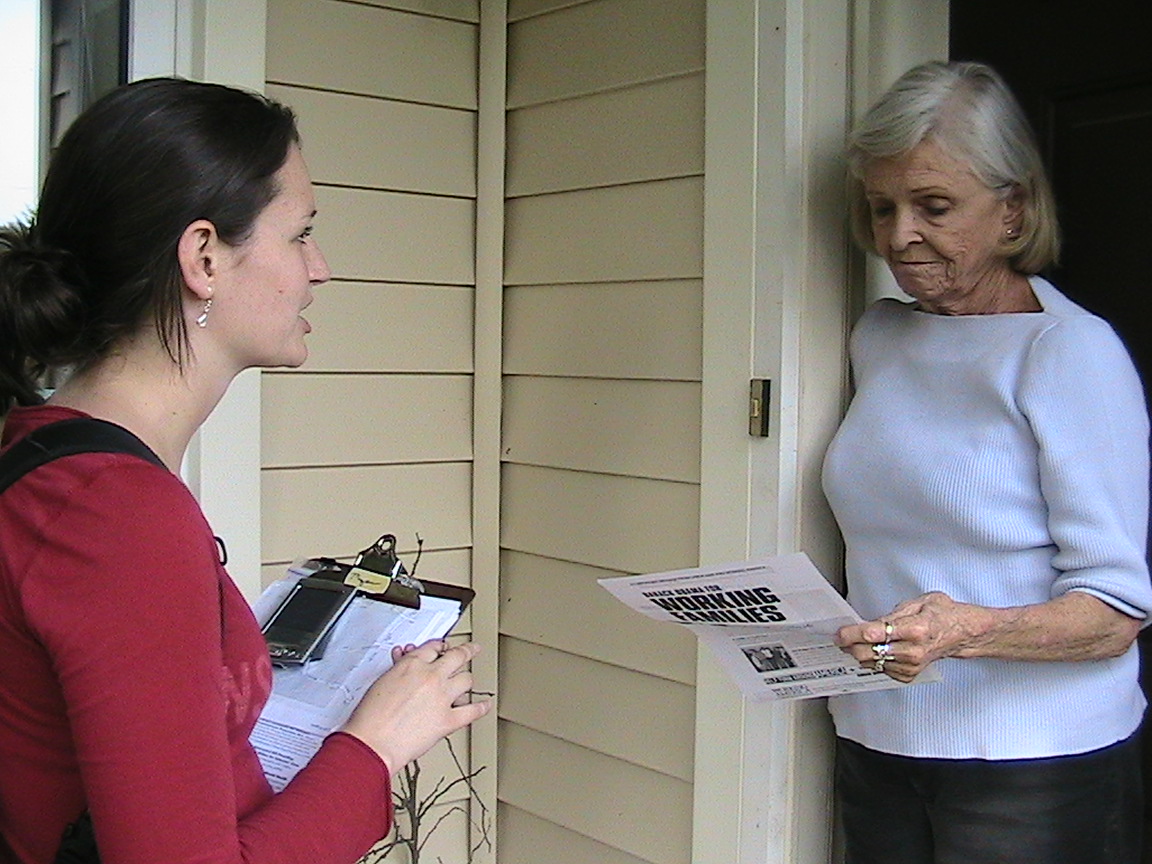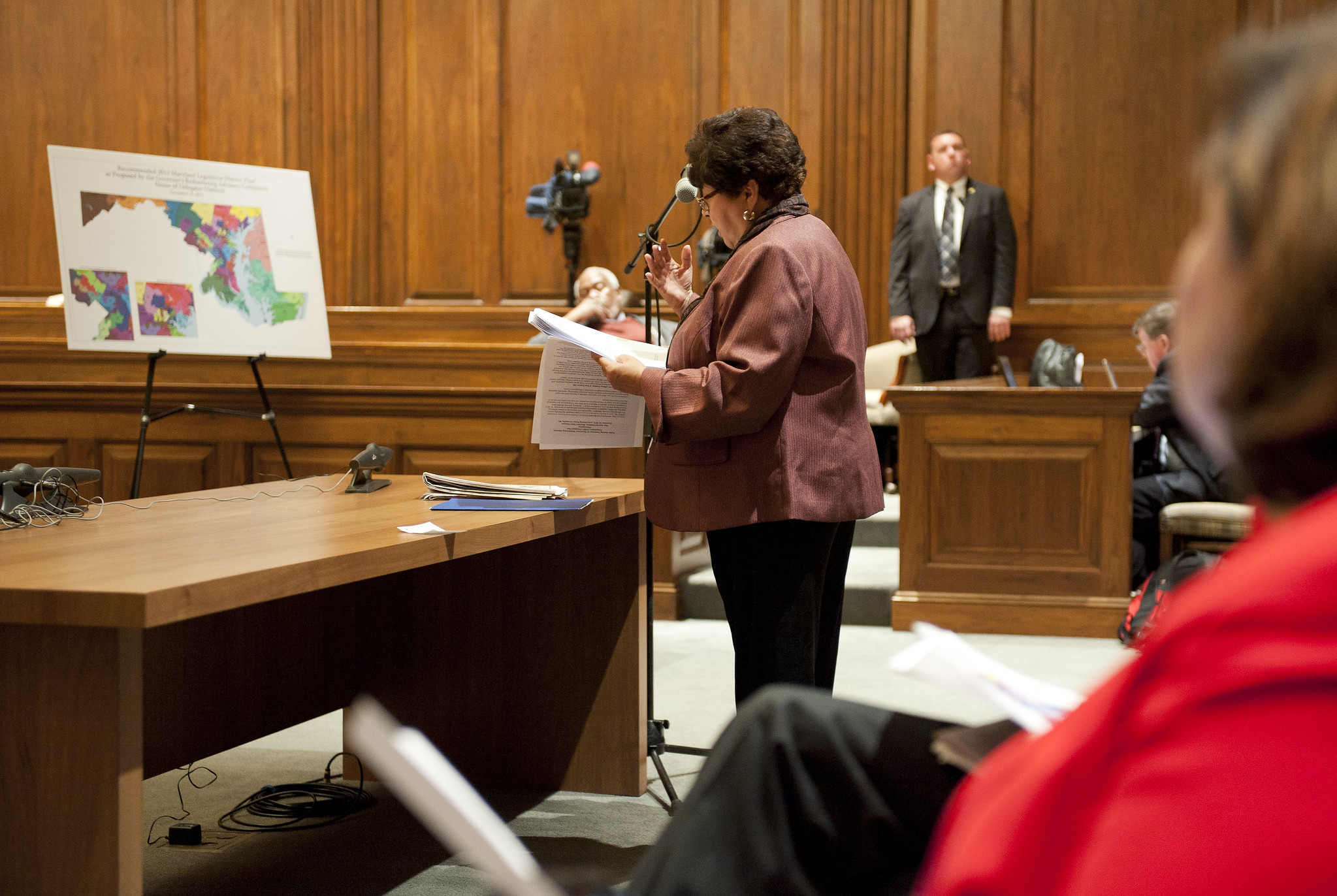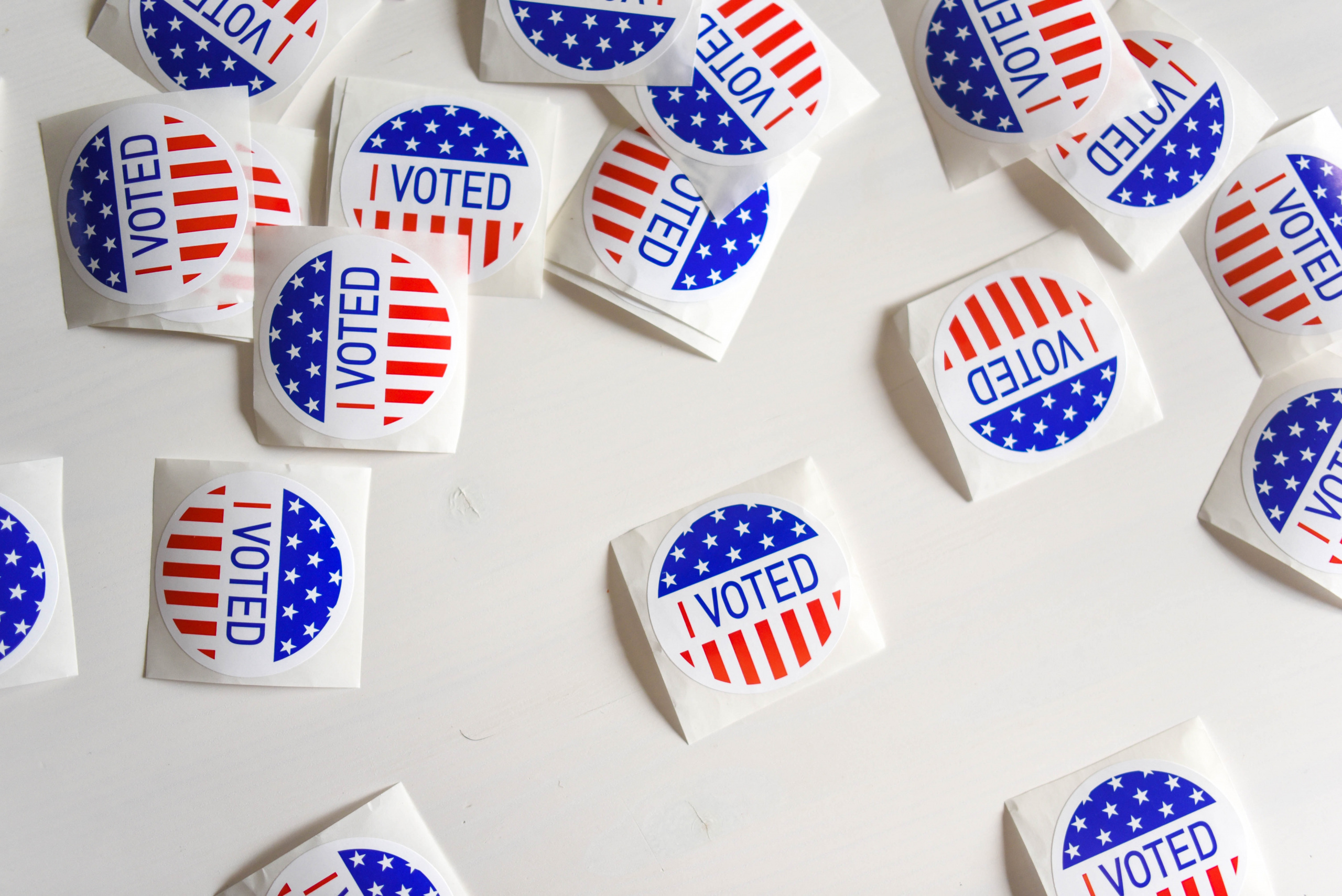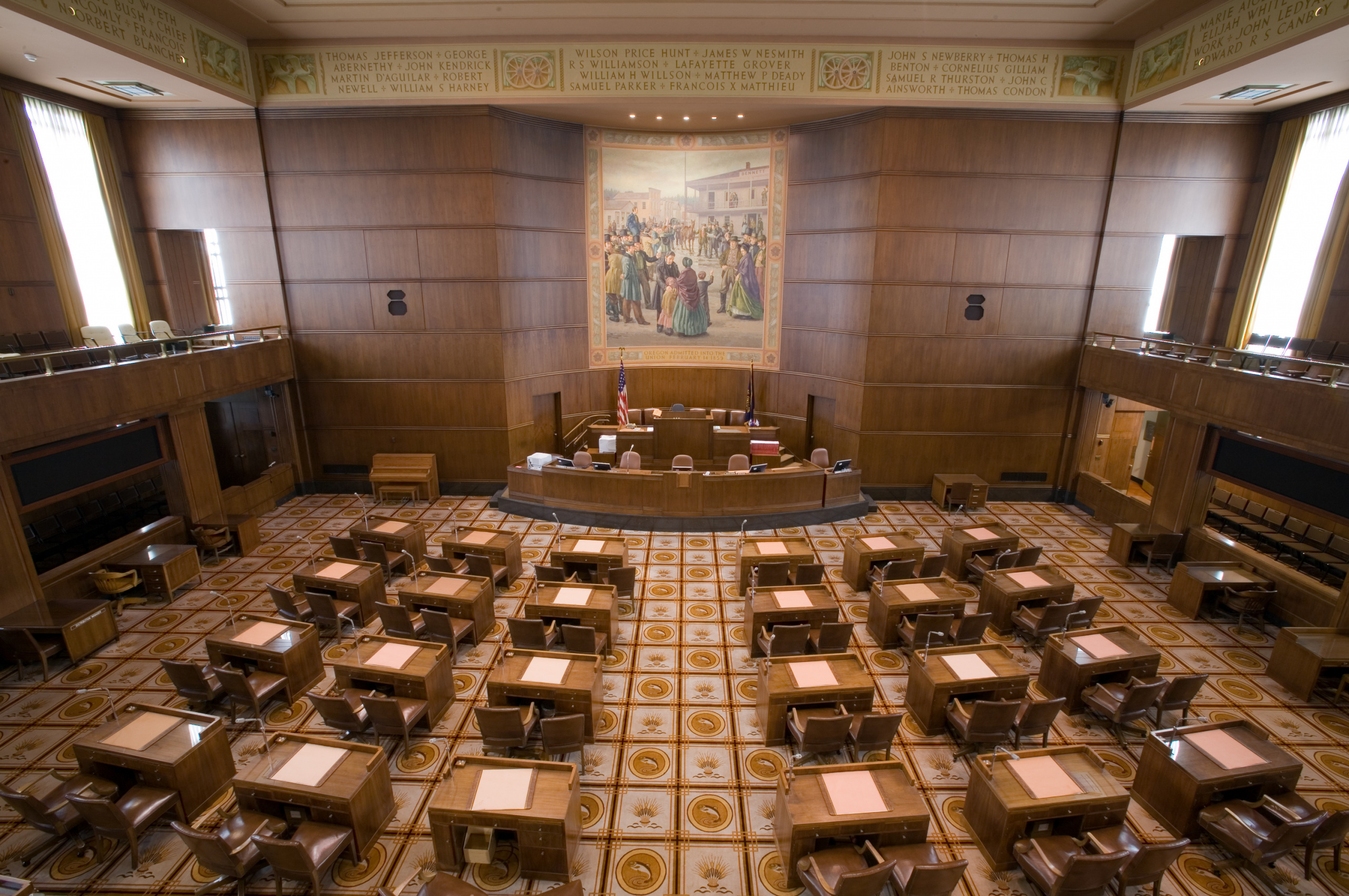
Away from the Partisan Sound and Fury, a Transpartisan Reality
National elected leaders would have us believe Republicans and Democrats are from different planets, unable to communicate, much less agree on anything. Last weekend I canvassed for a local city council candidate and received a welcome reminder that partisan identity isn’t at the top of voters’ list of concerns. People care more about issues and solving problems.

From television coverage of the election and newspaper stories about various campaigns, it would appears that the whole country has separated into partisan camps. National elected leaders would have us believe Republicans and Democrats are from different planets, unable to communicate, much less agree on anything.
Last weekend I canvassed for a local city council candidate and received a welcome reminder that partisan identity isn’t at the top of voters’ list of concerns. People care more about issues and solving problems.
City council races in my town are nonpartisan. Ballots don’t list candidates’ party affiliations and candidates don’t highlight their party identity in their campaign materials. Instead, they campaign based on their ability to understand and solve problems in the community, such as our severe housing shortage.
On Saturday, I met up with a city council candidate to canvass for a few hours. She had drawn up a walk list for me that included all active voters, regardless of party affiliation. Along with each voter’s name, address and age, I could see if they were registered as a Democrat, Republican, American Independent, Green Party, or “decline to state.” It was a good reality check compared to what I see in the news or on social media.
The voters I talked to cared more about issues than party registration. They asked me substantive questions about the candidate: “What are her top priorities?” “What are some of her key issues?” “How does she want to deal with housing costs?” Only one voter asked “Is she a Democrat or a Republican?”
I found I could connect with voters from all parties by talking about the need for more housing. Parents of children from age 2 to 29 desperately want the option for their grown children to be able to afford housing nearby, and not have to leave the area. Employers want reasonably priced housing for employees. Everybody wants to reduce homelessness and its attendant problems. (This is not to say everybody agreed on the same solutions to these problems. The public debate has been impassioned and contentious because people have strong feelings for and against some of the options.)
The walk list also reminded me that, contrary to talk of “blue” versus “red” states, Republicans and Democrats live next to each other. My neighbor claims not to know a single Republican, and during the 2016 election, I saw only one “Trump/Pence” sign anywhere in town. But my walk list showed me that there are plenty of voters in our “blue” county who aren’t registered as Democrats.
In fact, a remarkable number of households included voters registered with different parties. Some addresses listed a Republican man and a Democratic woman of roughly the same age, and an equal number listed a Republican woman and a Democratic man. In households with children who were registered to vote, the kids often didn’t have the same party affiliation as their parents.
In short, my canvassing experience last weekend leads me to think voters experience a much more transpartisan reality, focused on issues, than the hyper-partisan approach we hear from our national elected leaders.
Photo: AFL-CIO via Flickr CC BY 2.0
Authors
Elizabeth Ridlington
Associate Director and Senior Policy Analyst, Frontier Group
Elizabeth Ridlington is associate director and senior policy analyst with Frontier Group. She focuses primarily on global warming, toxics, health care and clean vehicles, and has written dozens of reports on these and other subjects. Elizabeth graduated with honors from Harvard with a degree in government. She joined Frontier Group in 2002. She lives in Northern California with her son.
Find Out More

Engaging with government, even as we’re physically distant

A Midterm Lay of the Land: Democracy

New Report: Big Money in Oregon State Elections

